April 30-May 6, 2023
Boom! Off and running...
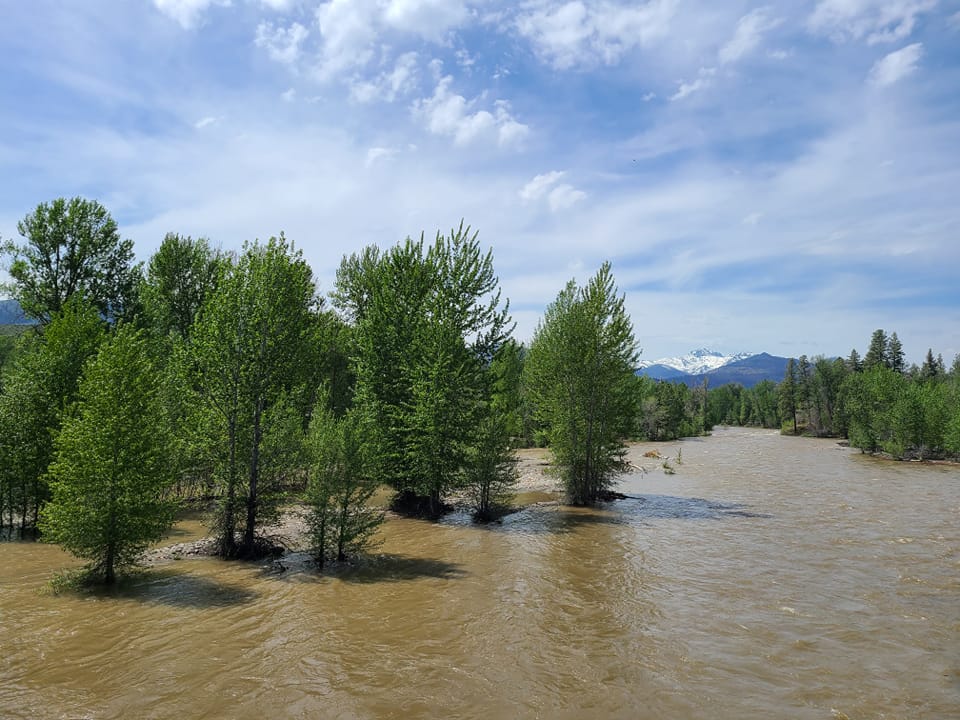
Things are happening so fast right now that it feels as if spring hit its full stride in a matter of hours.
Week in Review
What a crazy week this has been in the Methow Valley! Along with multiple days with temperatures in the high 80s, we had a day and night of fierce wind, and then the week ended with hard rain and an outrageous thunder and lightning storm.
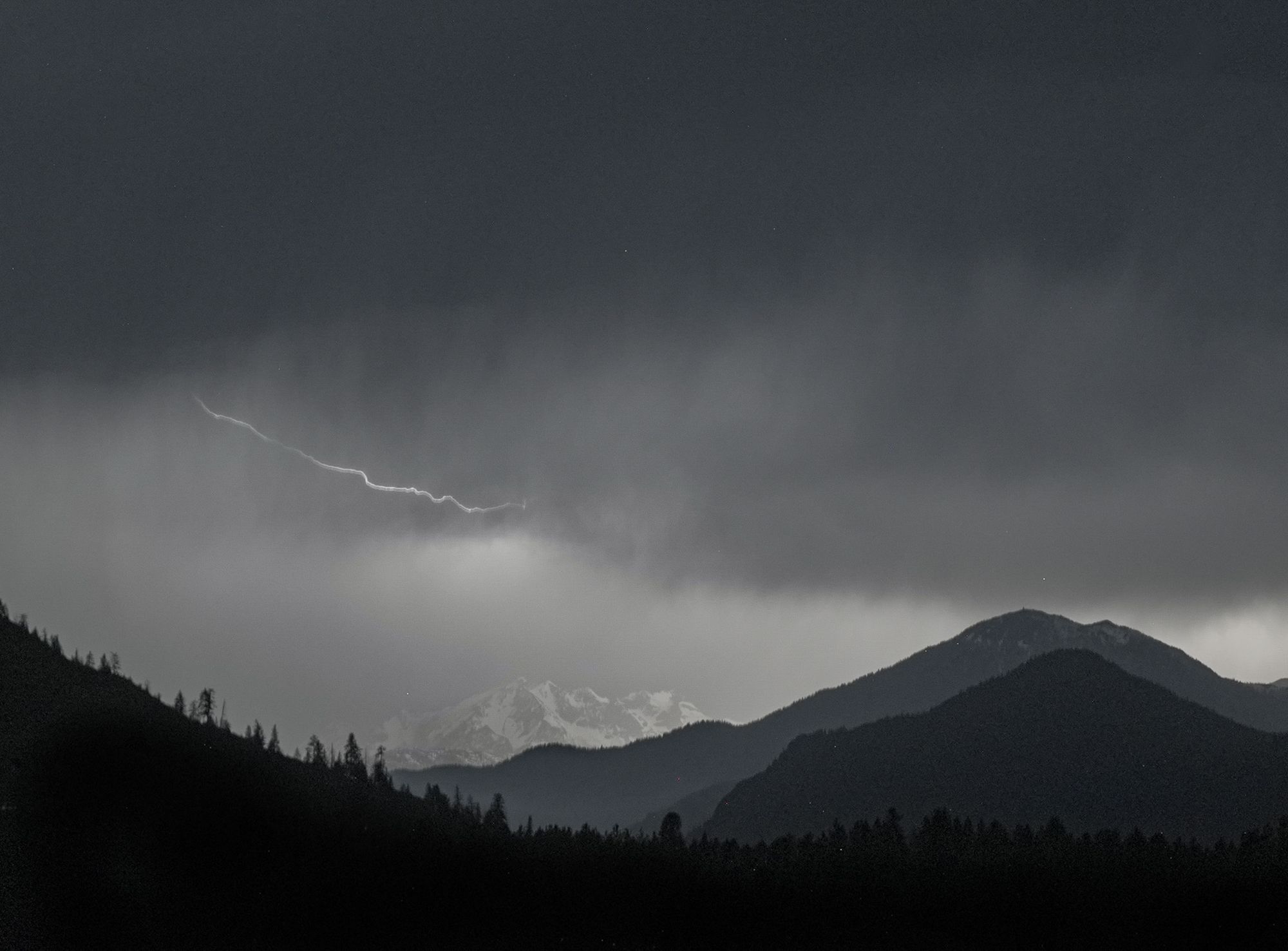
This rain is going to be fantastic for plants putting out flowers and sprouting green leaves...but you have to wonder if the hills could be any greener or have more balsamroot flowers than there already are! Just days ago, it felt like there were a mediocre number of wildflowers and now the wildflower displays are off the charts!
The week also started with an explosion of serviceberry flowers. At the beginning of the week, I spotted a single shrub with its distinctive constellation of shimmering white flowers, then the next day I began seeing entire hillsides of flowering serviceberry. It seemed to happen literally overnight. Did anyone else notice this too?
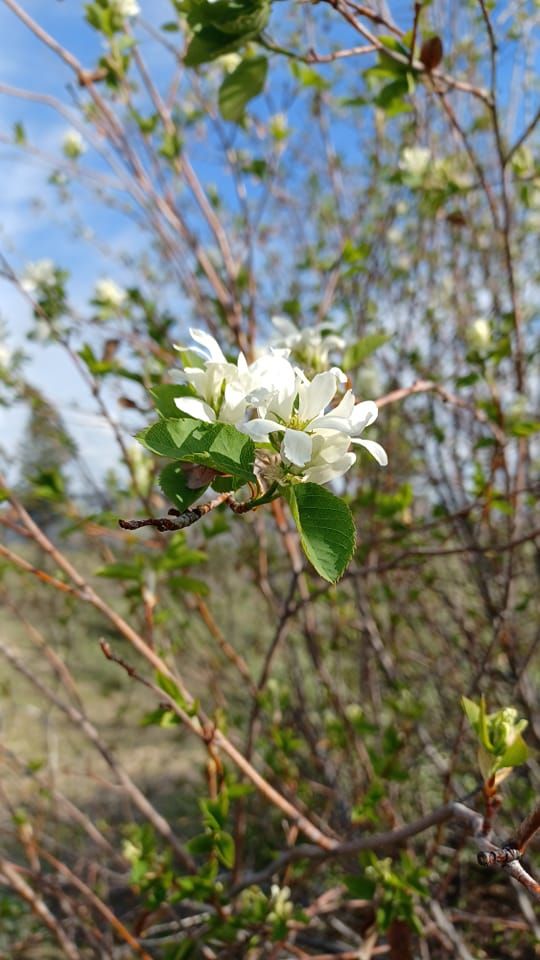
Warm, spring rains like we had at the end of the week are perfect for amphibians such as spadefoot toads and tiger salamanders who spend most of the year hiding in underground burrows. If you get a chance, on a night like this it's definitely worth getting out with a flashlight to see who's active.
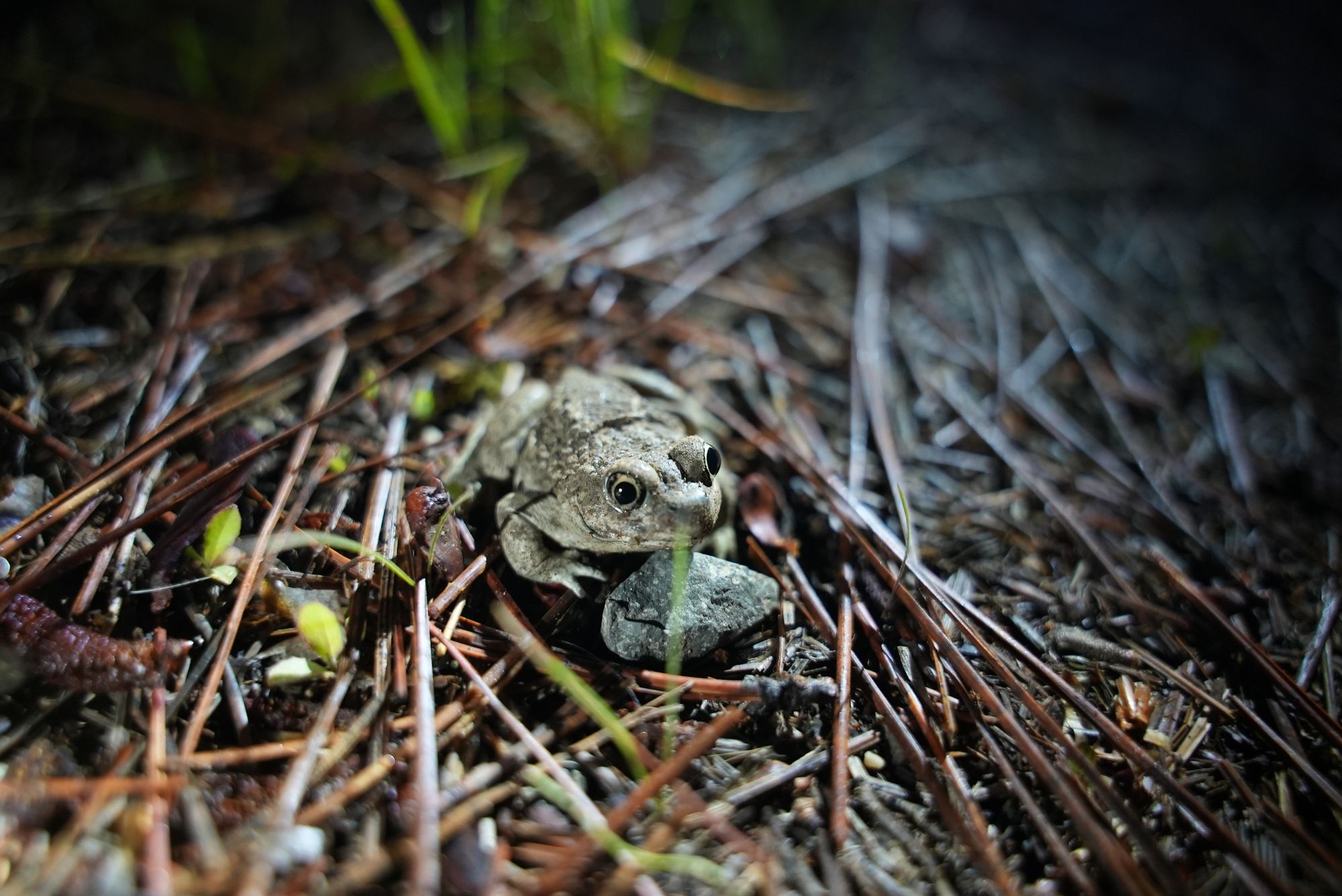
This has also been the week when the reptiles of the valley seemed to wake up. Our two species of garter snakes first appeared two weeks ago, but these are our hardiest reptiles so makes sense when they are observed early in the season. However, folks are now seeing rattlesnakes, gopher snakes, racers, and horned lizards as well.
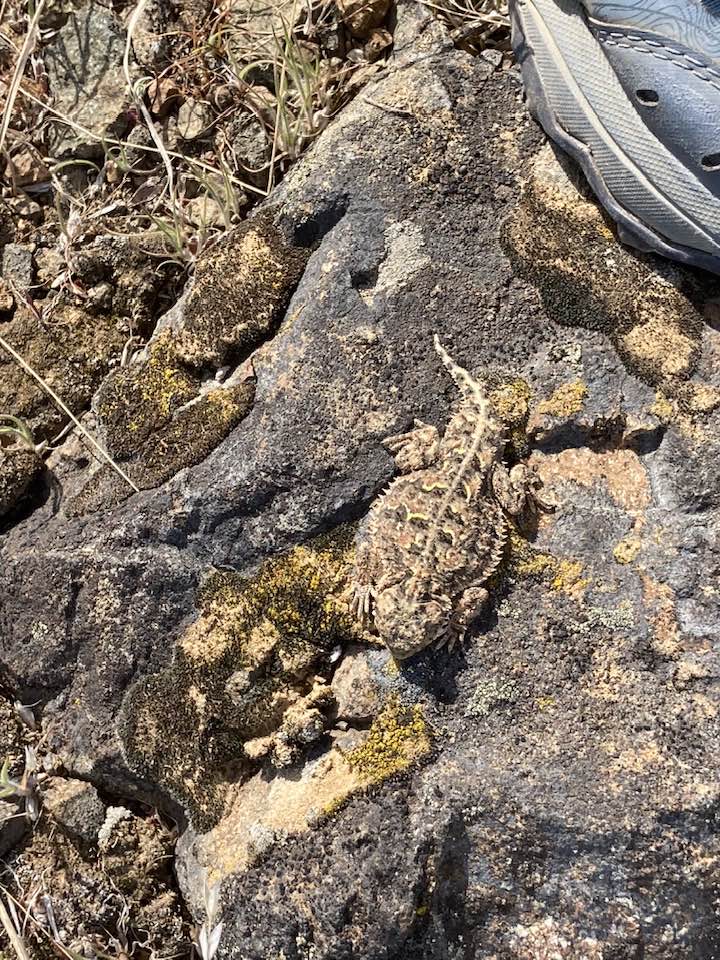
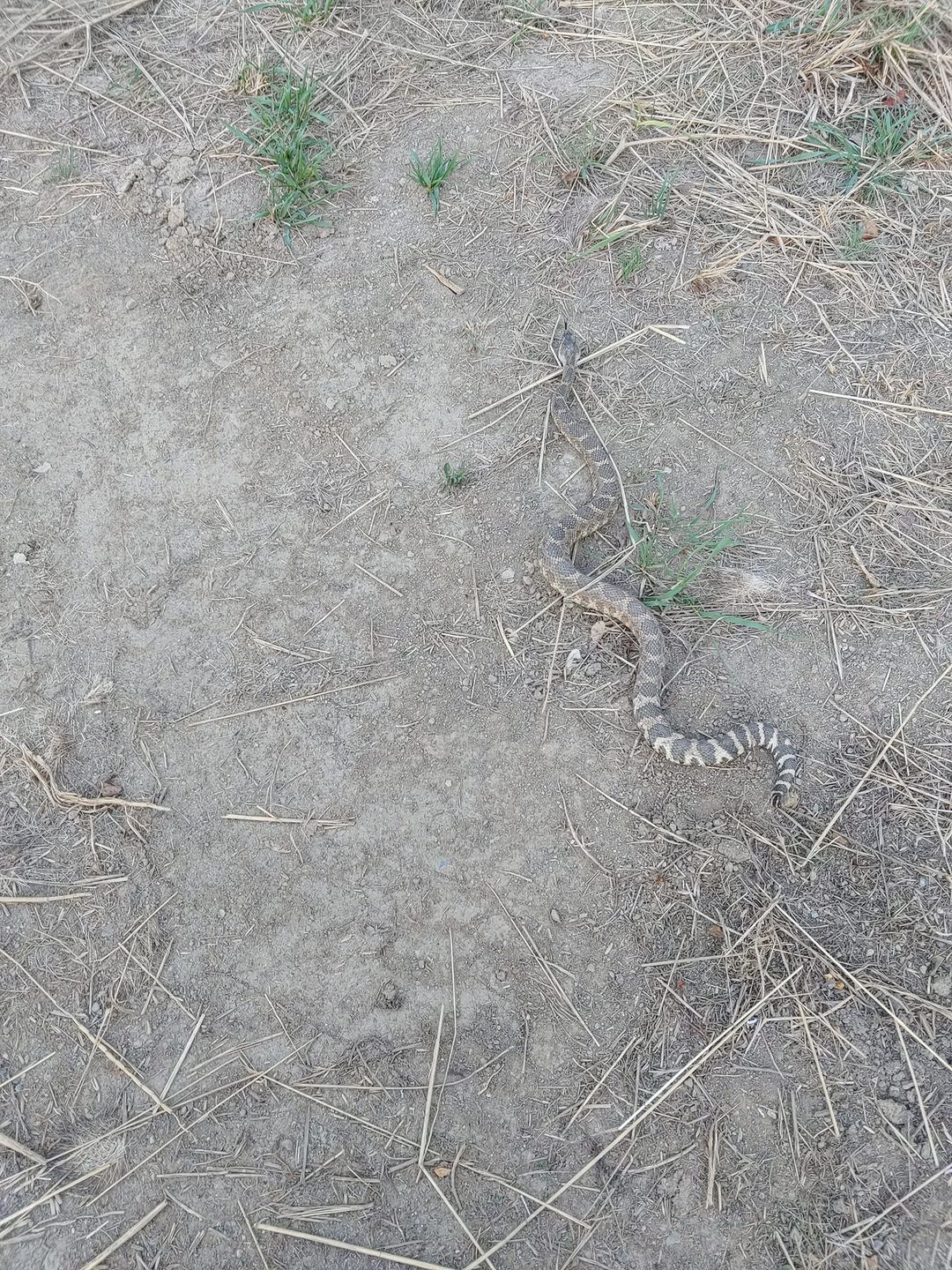
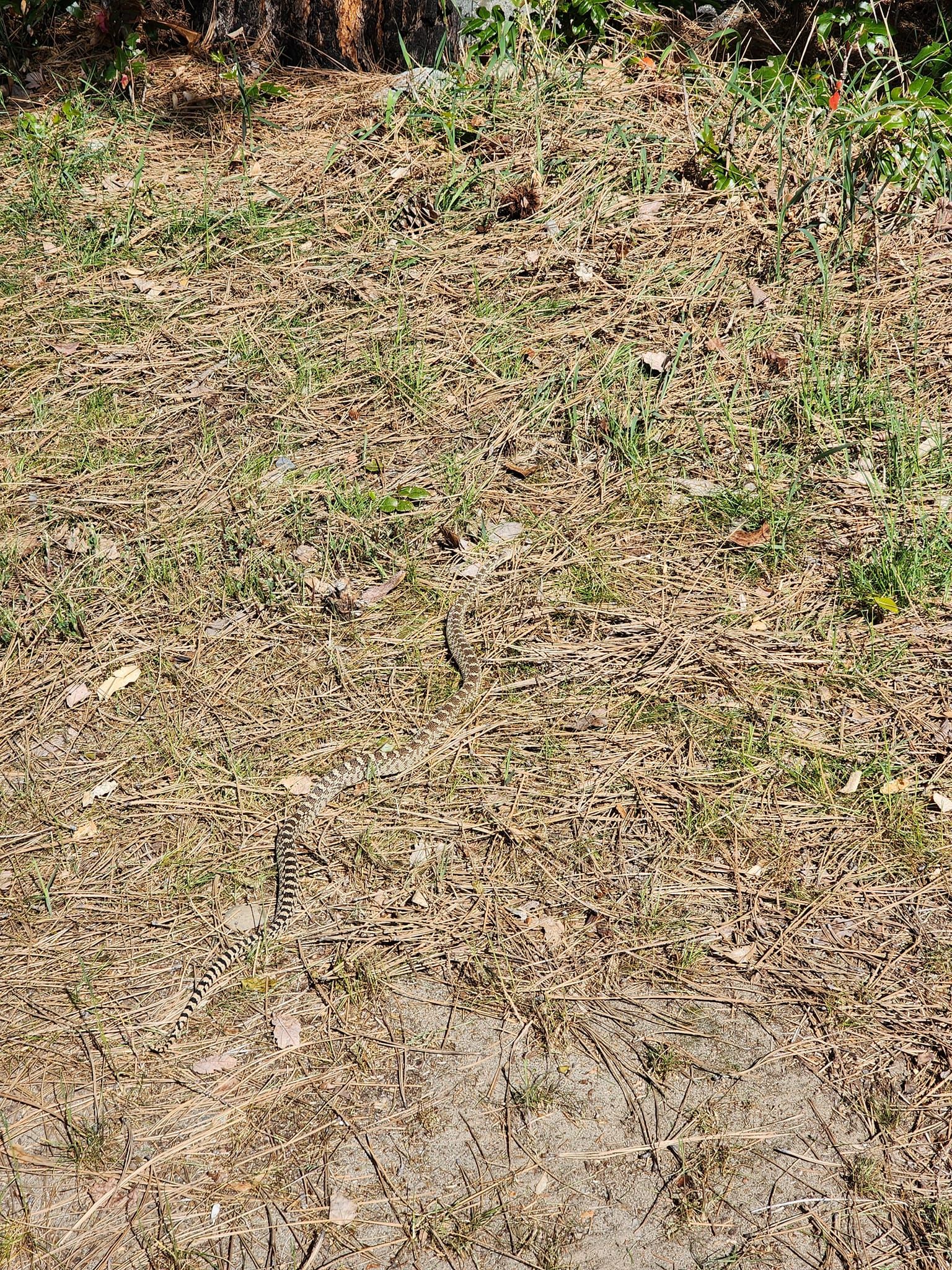
Many people have also been noticing and commenting on bumble bee activity this week. This is the time of year when large, queen bumble bees are active and conspicuous as they start new nests. There are 21 confirmed, or expected, species of bumble bee found in the Methow Valley so we'll definitely feature bumble bees in a future newsletter and offer some tips on identifying and learning more about these amazing critters.
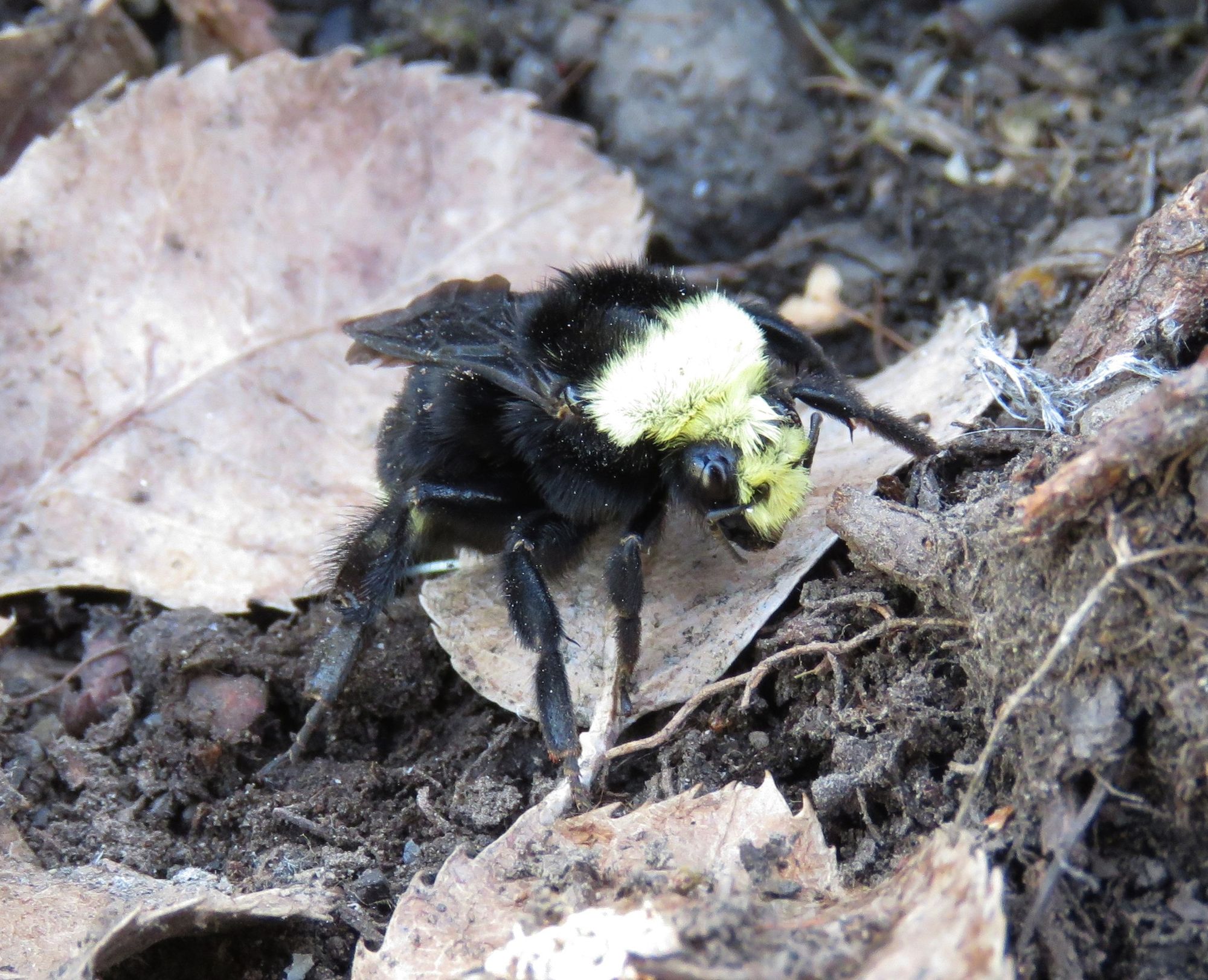
Birds are still among the most active and conspicuous animals being observed around the valley. More migrants arrived this week, including our first neotropical migrants. I spotted an orange-crowned warbler on May 2 and also heard a fragment of song that was likely a Cassin's vireo. Two days later I spotted my first chipping sparrow.
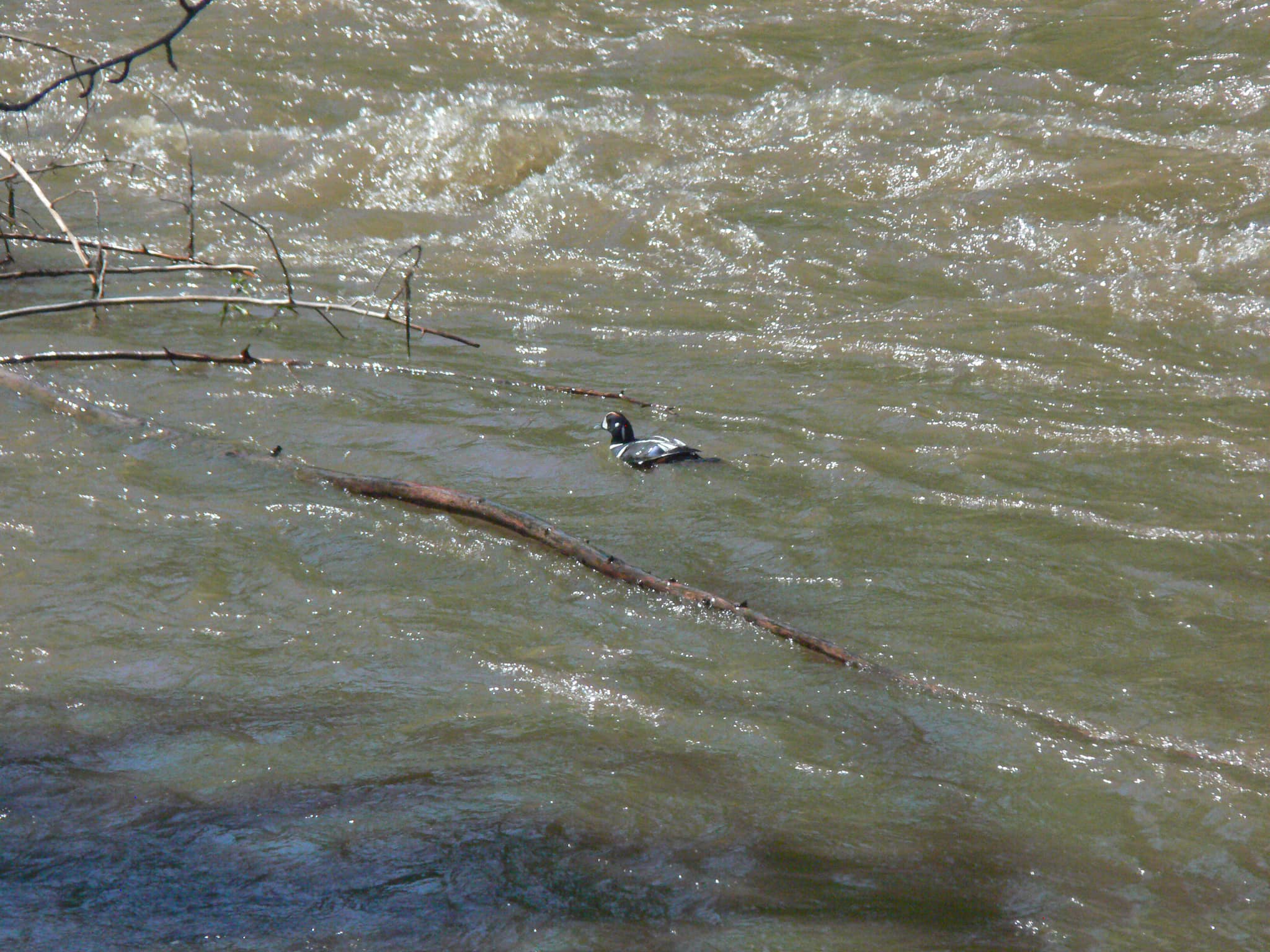
The most interesting mammal sighting this week was a snowshoe hare halfway through the transition from its white winter coat and its brown summer coat. Their white coats provide perfect camouflage in the winter, and their brown coats provide perfect camouflage in the summer, but these in-between times are really awkward for them.
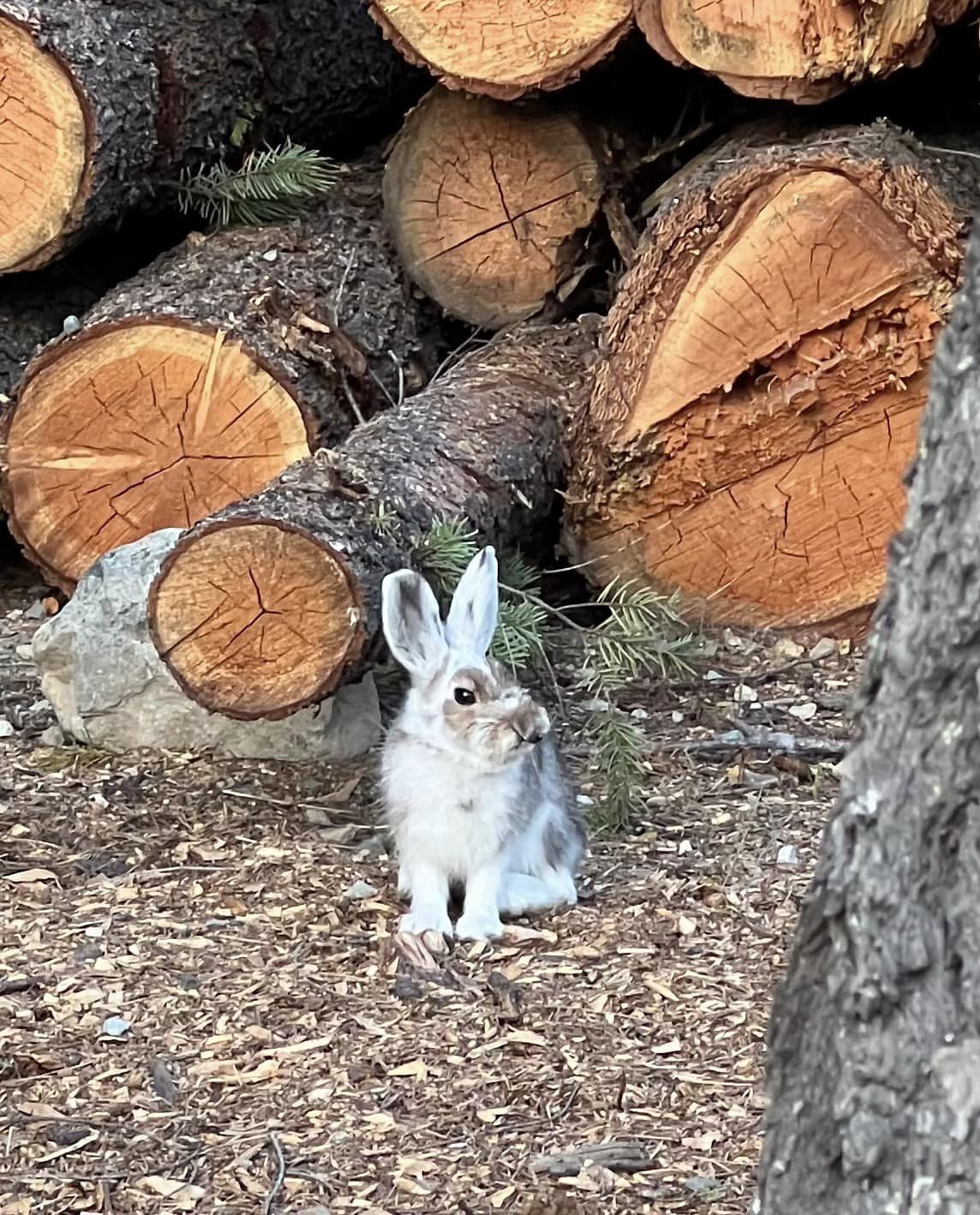
Observation of the Week
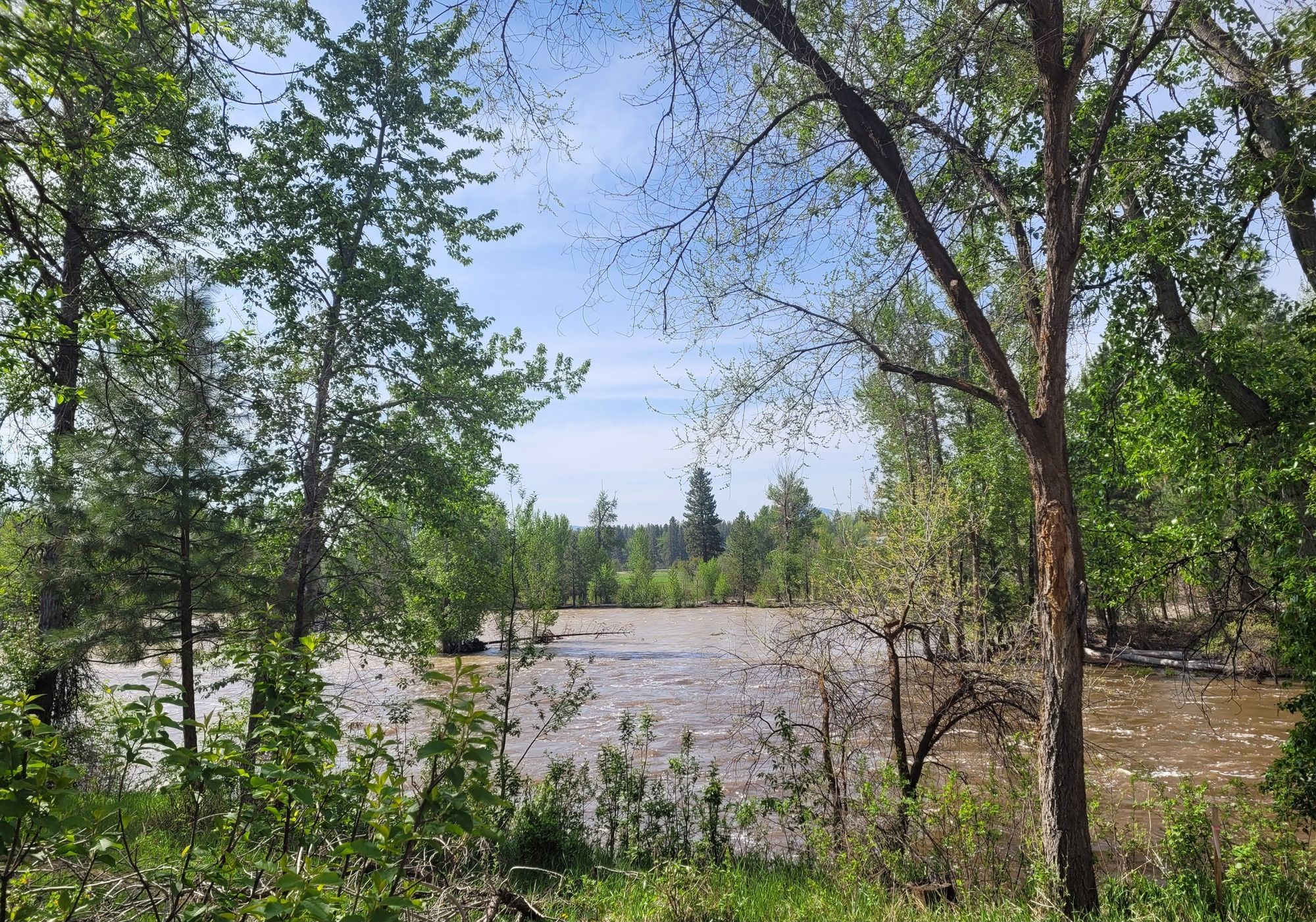
Without a doubt the observation of the week was the rapidly rising waters of the Methow River and its tributaries. Depending on your perspective, this was either frightening or awe-inspiring, but everywhere you go in the valley people seem to be stopping at vantage points to gawk and take pictures.
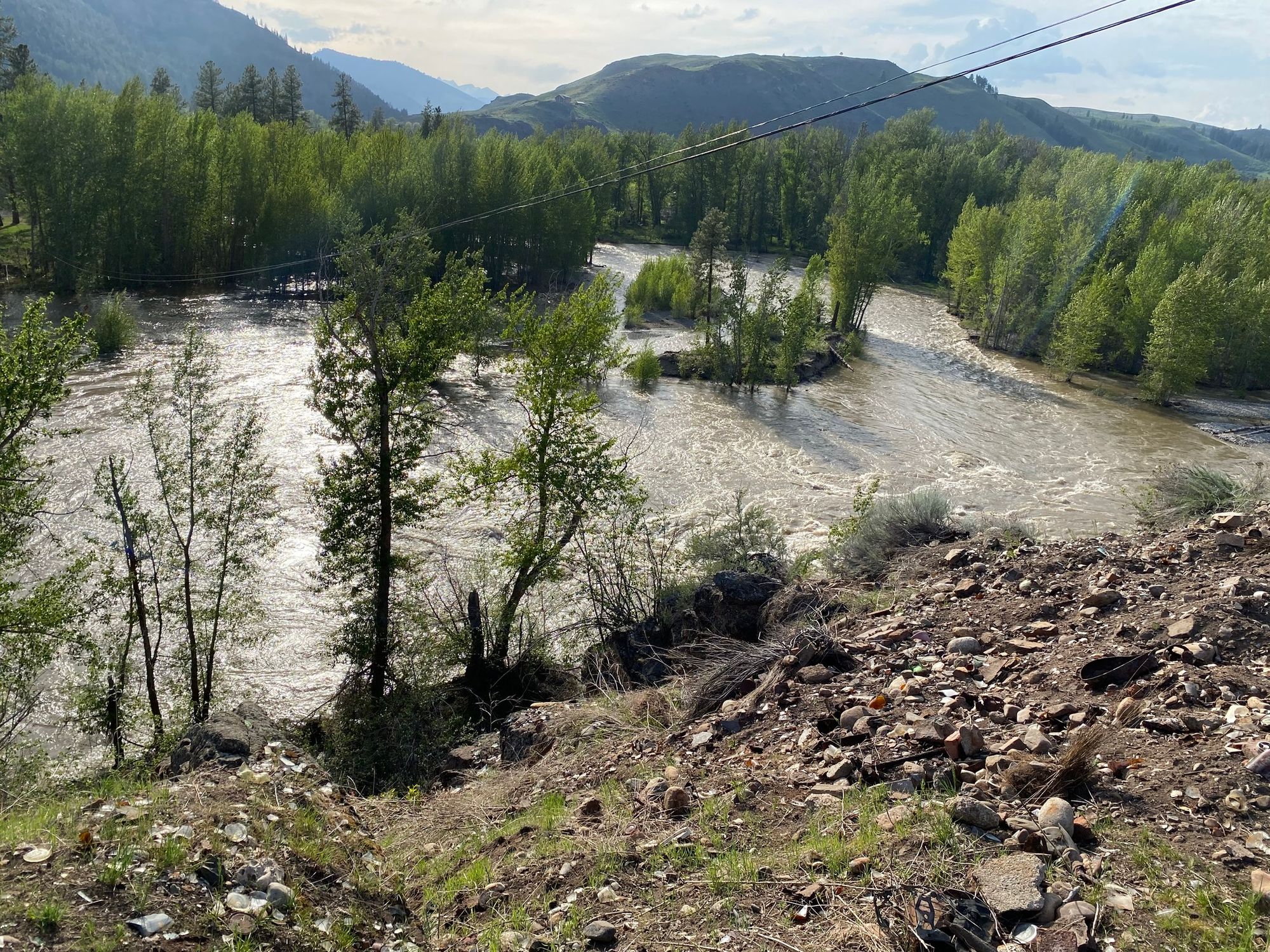
The level may not be at an all-time high, but it is record breaking for this time of year, and at the very least it's super impressive to see the boiling chocolate brown waters and large logs bouncing down the river. There are many spots where the water has come up high enough to be flowing freely through riverside forests of cottonwood trees.
River Gauge Links for Okanogan County compiled by Katherine Gunn Bennett:
OKANOGAN COUNTY
Methow River Gauge (Goat Creek-Mazama):https://water.weather.gov/ahps2/hydrograph.php?wfo=otx&gage=mzmw1
Chewuch River Gauge (Winthrop):https://water.weather.gov/ahps2/hydrograph.php?wfo=otx&gage=winw1
Methow River Gauge (Winthrop):https://water.weather.gov/ahps2/hydrograph.php?wfo=otx&gage=wthw1
Andrews Creek (Mazama):https://water.weather.gov/ahps2/hydrograph.php?wfo=otx&gage=acmw1
Twisp River Gauge (Twisp):https://water.weather.gov/ahps2/hydrograph.php?wfo=otx&gage=twiw1
Methow River (Pateros):https://water.weather.gov/ahps2/hydrograph.php?wfo=otx&gage=patw1
Okanogan River (Malott):https://water.weather.gov/ahps2/hydrograph.php?wfo=otx&gage=okmw1
Omak Creek (Omak):https://water.weather.gov/ahps2/hydrograph.php?wfo=otx&gage=okcw1
West Fork Salmon Creek Gauge (Conconully):https://water.weather.gov/ahps2/hydrograph.php?wfo=otx&gage=sccw1
North Fork Salmon Creek (Conconully):https://water.weather.gov/ahps2/hydrograph.php?wfo=otx&gage=salw1
Okanogan River Guage (Tonasket):https://water.weather.gov/ahps2/hydrograph.php?wfo=otx&gage=tonw1
Okanogan River Gauge (Oroville):https://water.weather.gov/ahps2/hydrograph.php?wfo=otx&gage=oknw1
Similkameen River Gauge-Nighthawk:https://water.weather.gov/ahps2/hydrograph.php?wfo=otx&gage=nitw1
If you want to track water levels, click the toggle in the box above to check out the resources compiled by Katherine Gunn Bennett.
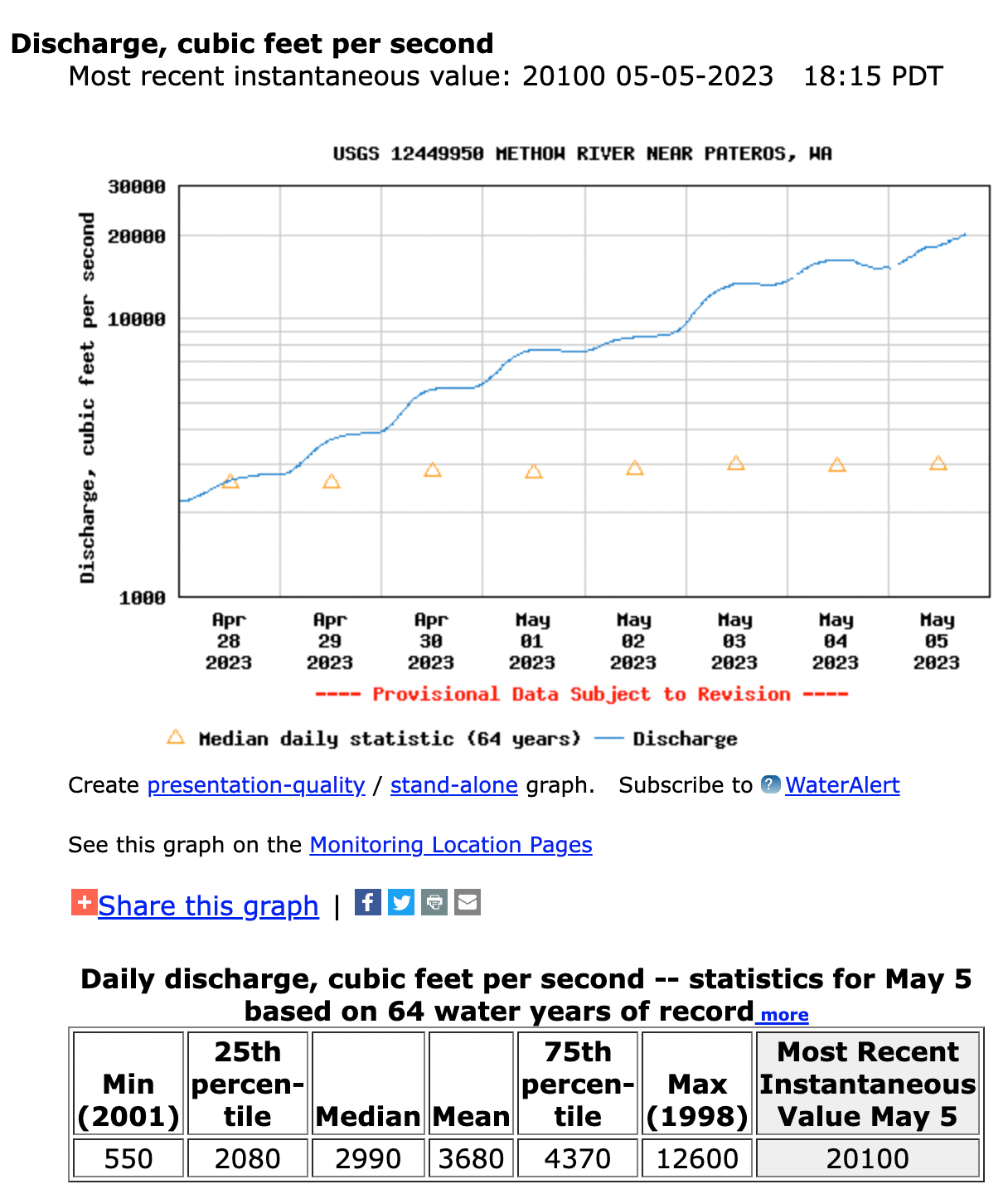
It looks like these high waters are projected to peak on May 6 so let's hope that the worse is over. However, Dana Visalli made the sobering observation that this peak runoff is a month earlier than usual, which suggests that snow has melted off the mountains far too quickly...and that's never a good thing!
